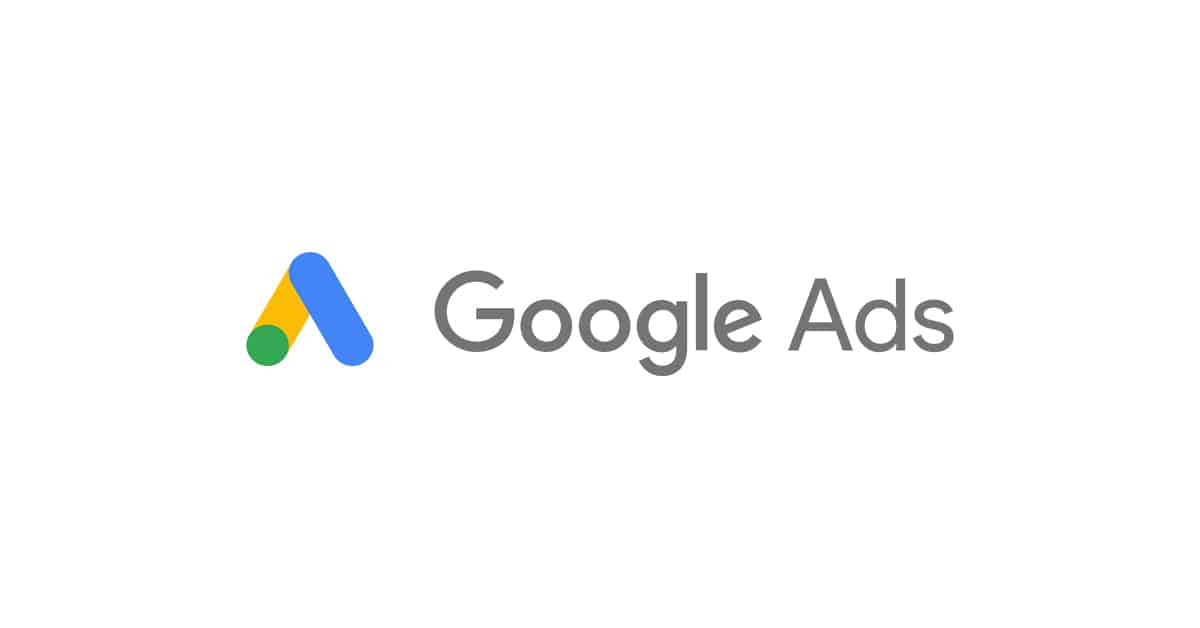So, we have all seen advertisements appearing in Google search, served through Google Ads, but how does the platform determine which order to show ads with a SERP?
It is not simple as you might think!
Google utilizes a formula called Google Ad Rank which ultimately decides which position advertisements will show in. So let a deep look at Google Ads Rank and tips to optimize your rank.
What Is Google Ads Rank?
An action determines the position of an advertisement within Google SERP. But, unlike with most auctions, and the winner is not essentially the highest bidder. In the ad auction, the amount of bid is only one key factor used to examine the overall Google Ads Rank. The score is what examines ads positioned in the search outcomes.
So, if a PPC ad is the primary listing at the top of Google SERP, it would not always have the highest bid behind it, but it’ll have the highest Google Ads Rank.
The highest advertisement positions normally deliver the highest number of clicks that is why getting your Google ads to rank high as possible matters. It all can be possible easier when buy Google ads account from us.
How is Google Ads Rank Calculated?
Though the platform has never confirmed the exact Google Ads Rank formula, it has revealed the major ranking factors used within it. Known Ad Rank factors include:
- The bid (Money you are willing to pay to have your advertisement displayed)
- Expected CTR
- Landing experience
- Ad relevance
- Expected impact of advertisement extensions and formats
These factors examine where your advertisement will sit on the web page, and how much you’ll pay. At this stage, we can hear some of you asking – but what about quality score and how does it impact Google Ads Rank?
Okay, so this is where it gets slightly complicated. You might have seen quality score discusses one of the main factors used in determining Google Ads Rank. The Popular View of the Google Ads Rank equation seems something like the following.
However, the Google platform says:
Quality Score is an aggregated estimate of your complete performance in advertisement auctions and is not used at auction to examine Google Ads Rank.
So, why all this confusion!
Quality Score in this context is particularly the one to ten scores shown in your Google advertisement accounts, which is aggregated estimate of your overall working progress in advertisement auctions. Google states that, as it is historical grading of old advertisement performance, it cannot be used at auction time to examine Google Ads Rank.
Though this quality score is not officially used to examine Google Ads Rank, the platform does describe it as an estimate of your expected click-through rate, advertisement relevance, and Google landing page experience. The platform has also confirmed that high quality ads can lead to lower prices and better advertisement positions, too.
So, tough, quality score, itself is a separate calculation and is not within the Google Ads Rank method, the similar contributing factors also impact rank. So, however not strictly a similar thing, raising one should raise the other!
This is the reason quality score, is the well-known term people use to refer to a group of quality factors Google uses in advertisement ranking.
For your advertisement to appear in the highest rank, it is your job to obtain the highest ranking from Google. If you get a lower ranking, you’ve to optimize your ads campaign. Sometimes the details that need enhancement are purely related to mirror or copywriting cosmetic adjustments, but sometimes the issue might be very less visible.
Here’re the tips on now how to optimize Google ads for the highest possible results.
Make your Google ads relevant
The relevance of your Google ads to the product it promotes is a vital factor in calculating your quality score and therefore Google Ads Rank. You can enhance it, for example, by repeating the main keywords or selecting the correct landing page that’ll link directly to the advertised product or service.
Experiment with new frequently asked questions (FAQ) structured Data
The benefit of the new FAQ options that you can include in your advertisement. This’ll show users to see directly in the advertisement info they care about the service or product of your brand or company. This can prevent unessential visits to your e-store, which would lead to an increased bonus rate, as the service or product wouldn’t match the customer’s expectations.
Eliminate 301 redirect chains
301 redirect chains mean that there’re a bunch of redirections among the URL and its final spot. Such redirects can cause issues in crawling the web page which organically affects the ranking. Ensure your URL will link directly to the ultimate destination and will not have to go http to https or from https://www to only https…
Optimize your internal links
The interconnectivity of various links on your website might unexpectedly also is a big problem when it comes to the Google ranking of your advertisement. If links attach here and there across the whole website without any sort of structure, this is a key reason to downgrade your Google ads.
Create a hierarchical structure of web pages and subpages in your e-store. First of all, it’ll be simple for your buyers or clients to orientate in your e-store. The 2nd benefit is simple crawling for Google bots and lastly, you’ll also demonstrate the seriousness of your company or brand.
Adjust your landing web page
The landing web page that buyer reaches after clicking on your advertisement should be as user-friendly as possible as you can. If the website is not clear enough, you can run the risk of clients leaving your website immediately, therefore, increasing the bounce rate. This will unenthusiastically impact your Google Ads Rank.
Our important tip – Compare lading web pages for low-ranked advertisements with those of high ranked. This can assist you to notice differences that’d help you enhance your low-ranked advertisements.

